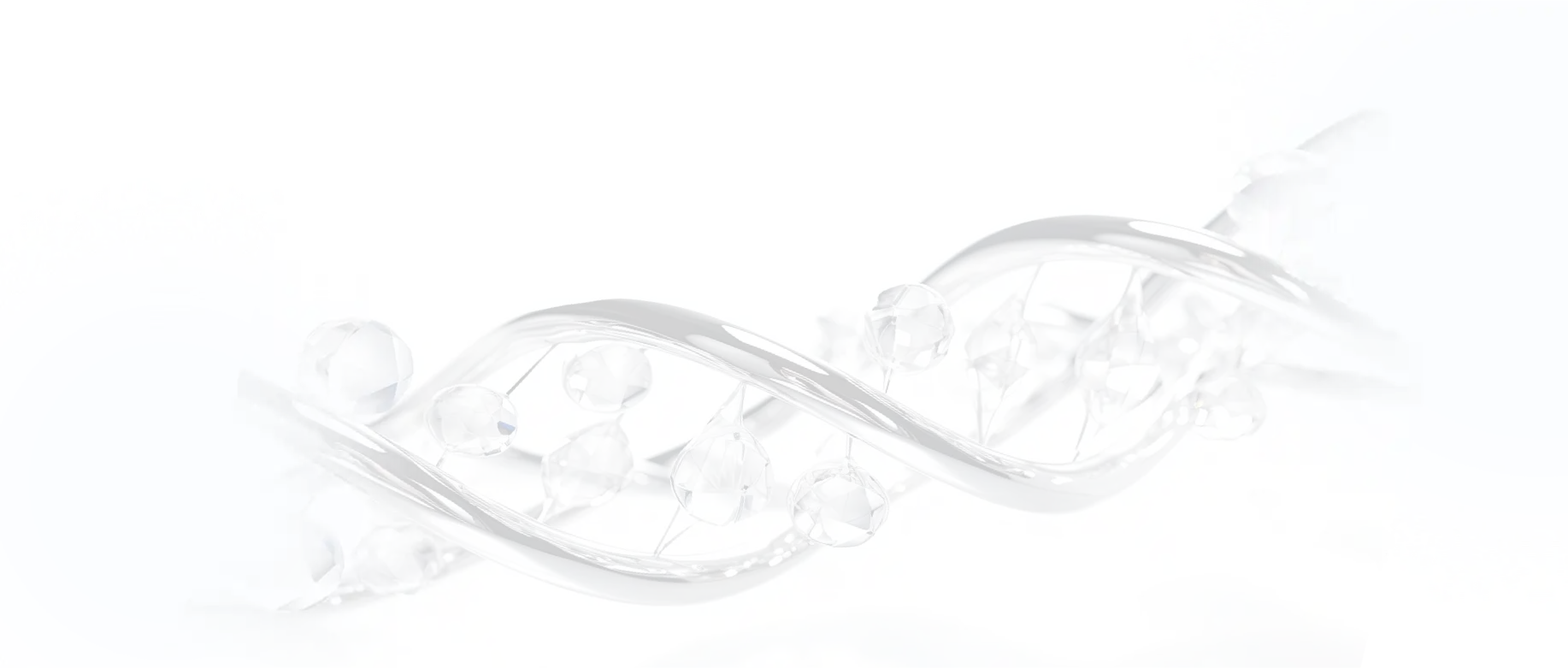Covalent Inhibitor Library
Catalog No. L9410
Covalent inhibitors are small organic molecules which interact with specific target proteins and form a covalent bond, resulting an alteration of the protein conformation and subsequently inhibit the protein activity. With some exceptions, protein modification by covalent inhibitors is usually irreversible.
Covalent inhibitors possess significant advantages over non-covalent inhibitors, such that covalent warheads can target rare residues of a particular target protein, thus leading to the development of highly selective inhibitors and achieving a more complete and continued target occupancy in living systems. However, toxicity can be a real challenge related to this class of therapeutics due to their potential for off-target reactivity and has led to these drugs being disfavored as a drug class. Consequently, there has been a reluctance to apply a covalent mode of action in drug discovery programs and avoided by the pharmaceutical industry.
Although the majority of successful covalent drugs were discovered through serendipity in phenotypic screens, and their molecular mechanisms were elucidated afterwards, covalent drugs have made a major impact on human health and have been highly successful drugs for the pharmaceutical industry over the last 100 years, such as penicillin, omeprazole, clopidogrel, aspirin, fluorouracil, and third generation of irreversible EGFR tyrosine kinase inhibitor AZD9291/Osimertinib.
In recent years, the distinct strengths of covalent inhibitors in overcoming drug resistance had been recognized. It appears that irreversible inhibitors may maintain activity against drug-resistant mutations that are acquired after treatment with reversible inhibitors. Irreversible inhibition has important and potentially advantageous consequences for drug pharmacodynamics in which the level and frequency of dosing relates to the extent and duration of the resulting pharmacological effect. The unique pharmacodynamic feature of covalent inhibitors might bring certain practical advantages. The prolonged duration of drug action on the target effectively uncouples the pharmacodynamics of the drug from the pharmacokinetics of exposure, as target inhibition persists after the drug has been cleared. This property of covalent drugs enables less frequent dosing and the potential for lower drug doses. In addition, more and more studies have found that many major diseases, such as malignant tumors, are regulated by kinases, and these enzymes have also become the most attractive drug targets. Over the past decade, covalent kinase inhibitors (CKI) have seen a resurgence in drug discovery. Current FDA approved CKIs will bring the dawn to cancer chemotherapy. The drug design and optimization of covalent inhibitors has become a hot spot in drug discovery.
The irreversible covalent inhibitor molecule is divided into two parts: a seeker and a warhead. After entering the body, the seeker and the target protein binding site first form a non-covalent interaction, and then the warhead forms an irreversible covalent bond with the nucleophilic residues of target protein. Common warheads include Michael acceptors, Sulfonyl fluoride, disulfide bond, etc.
The structure and mechanism of reversible covalent inhibitors are similar to irreversible covalent inhibitors, but the difference is that the covalent binding to the target protein is reversible. The warheads for reversible covalent inhibitors are reversible nucleophilic addition reaction receptors such as cyano group and ketone carbonyl group. The reversibility of its covalent binding to the target makes its pharmacokinetics fall in between irreversible covalent inhibitors and non-covalent inhibitors. To a certain extent, reversible covalent inhibitors share the advantages of irreversible covalent inhibitors in the prolonged duration of action and the potential for lower drug doses, while reducing the risk of toxicity caused by off-target.
TargetMol collects 2400 small molecules including identified covalent inhibitors and other molecules having covalent reactive groups as warheads, such as chloroacetyl,2-Chloropropionyl,Acryloyl,alkyne,sulfonyl fluoride, acrylamide, ketocarbonyl,disulfide bond, etc.
All products from TargetMol are for Research Use Only. Not for Human or Veterinary or Therapeutic Use.
Resource Download
Library compound info
Excel
SDF
Contact us for more batch information Your shopping cart is currently empty
Your shopping cart is currently empty




